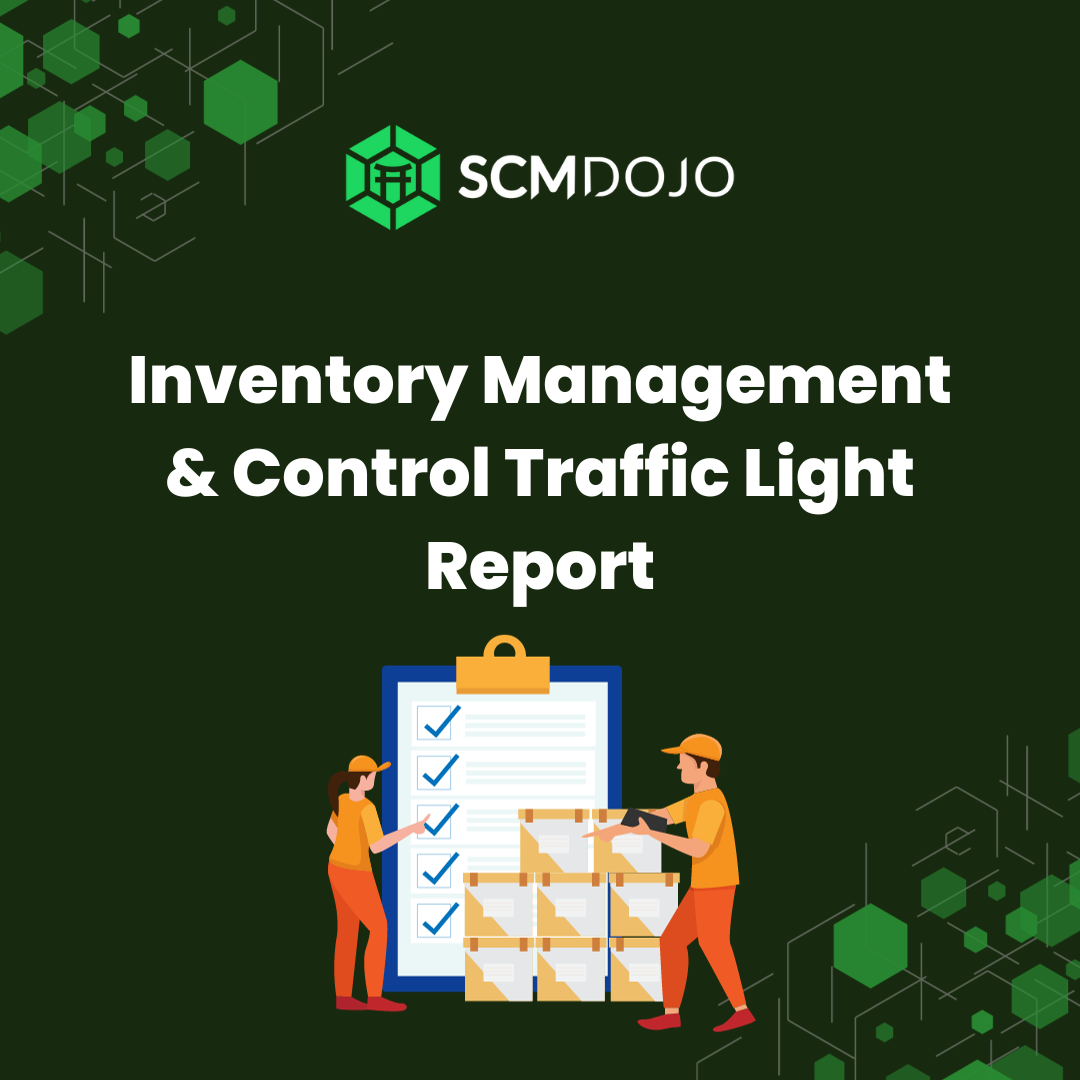Customer Lead Time is unquestionably a buzz word in today’s fast paced business environment, and everyone involved needs an in-depth understanding as to why it is important. Customer Lead Time can be defined as the time it takes from the instant an order is made by a customer, till the moment it reaches the hand of the customer. The term ‘Expected Customer Lead time’ is commonly used in many fields like Manufacturing, Material Requirement Planning & Enterprise Requirement Planning (MRP & ERP), Project Management, Supply chain Management, Supplier Management, and so on. Ideally, every business has a Customer Lead Time. The promised Customer Lead Time is the promised customer wait time for an order. The Expected Customer Lead Time is the actual wait time (a random variable) experienced by the customer.
One of the key factors, which form the basics, is understanding what the term means and why we apply it to the various field we find ourselves. The explanation of Expected Customer Lead Time varies in each field and is dependent largely on the nature of operations carried out by the business. In Supply Chain Management, every professional knows how important it is to lessen the time interval taken from when an order is made until the time it gets to the hand of the customer. Below are some major reasons why it is important to understand Expected Customer Lead Time:
- Competitive edge for Product and Services.
- Different Customer Lead Time Expectation for Different SKUs
- Customer Lead time plays a significant part in Demand forecast
- Direct influence on customer Satisfaction
- High Customer Lead Time leads to rising in inventory
- Provides an alternative overview of Business Performance
1. Competitive edge for Product and Services
Agile Lead-time provides a competitive edge for Product and services offered by firms. Let assume a scenario where the Customer Lead Time is Two weeks, then the distribution of such goods to customers is delayed by a whole two weeks. This can bring about a high level of dissatisfaction among customers. To remain as competitive as other brands in the market, you need to have a better Customer Lead Time. From this standpoint, you can deduce it is a critical element of any selling strategy by reducing your Lead Time as well.
2. Different Customer Lead Time Expectation for Different SKUs
This is one significant point that should not be overlooked, and Supply chain professional should be able to understand how different lead-time expectation comes at different prices. Some customers might want their orders delivered earlier than usual time agreed. Customers usually prioritize one of two factors:
- Some, An earlier delivery time of the product at the previously promised time.
- To others, timing is less critical as far as the product arrives at the promised time.
Understanding and creating packages to take care of such occurrence is necessary as well. Most business does ABC Inventory Analysis, to understand their highest value, volume & frequency items. The use of ABC lead-time segmentation can help segment your customer’s lead-time expectation according to productivity, and consolidated realistic basis with the customer desires.
For example I have seen business we offer 3-5 days for high running A-items (Made-to-Stock), offer 10-15 days lead time for B-items (Assemble-to-Order) and 30-60 days for C- items (Made-to-Order or Purchase-to-Order). By doing that they cannot only maintain the inventory at right SKUs (A & B items), but also achieve high On-time delivery performance.
Which do you a favor, faster delivery or steady, dependable delivery?
3. Customer Lead Time Plays a Significant Part in Demand Forecast
When you have High Customer Lead Time, delays experienced in fulfilling orders become relatively less too. With this, any supplier management system put in place can accurately forecast which is necessary in most cases.
Some companies have a very robust supplier management system who rate the suppliers and keep back-ups to serve for any reduction of inventory at the precise time. So, the higher the Customer Lead Time, the more precise your demand forecast would be. If you have a Customer Lead Time that is less, say a few more days or the demand exceeds your forecast; the delivery time of your product would be delayed.
4. Direct Influence on Customer Satisfaction
Customer Lead Time has a direct influence on customer Satisfaction. If you have a poor supply lead times your customers would in no time take up other alternative products. Customer Lead Time needs to be regarded as a general measure of proficiency of the entire supply chain KPI by the Supply Chain Management of any firm. It is not to be confused with Processing Lead Time or Production Lead Time, as they are both parts of Customer Lead Time or Total Lead Time as it is occasionally called.
Furthermore, recognizing a pool of suppliers with support activities, rating them, and also giving advice and response at suitable intervals is an important task. Many leading firms understand this and treat suppliers as their prolonged group. Educating suppliers on important procedures is important, so that they can know the value of their services in the value flow.
5. High Customer Lead Time Leads to Rising in Inventory
This reason is quite simple just like the old saying goes “Time is Money.” The inventory always stirs up the storage cost. The better the Customer Lead Time, the higher the inventory becomes. Customers are more motivated and willing to buy from businesses whose products and services tend to have the least Lead Time. In the end, such customers would always try to look for a supplier who has the least lead time. It is, therefore, a needed factor for any Supply Chain Management to keep refining their Customer Lead Time to stay TOP of the market.
6. Provides an Alternative Overview of Business Performance
For Supply Chain Management, Customer Lead Time is commonly denoted as a supply chain Key Performance Indicator (KPI) that can be broken down into different parts that can demonstrate the performance of quite a few components of the firm. They make an excellent alternative to checkmate your business performance. This may be more beneficial in assessing and refining operations in regards to expansion and better products to ease customers satisfaction, which is what the customers deserve. So, from the minute the customer makes his or her order there are three main parts of time until he or she accepts the order. The three main parts that make up a Customer Lead Time includes Order Processing Time, Production Lead Time and Delivery Lead Time.
CONCLUSION
To manage Lead time beneficially, one needs to understand the components of Customer Lead time. This delay in time is characteristically the sum of the time a supplier takes to distribute goods once an order is made, and the restructuring delay, which is the time taken while waiting for an ordering opportunity to arise again.
To lessen the gap between requested and actual delivery, you need to be able to evaluate actual Expected Customer Lead Time to check whether it ties to your real requirements and also map out your actual operations process, and try to improve your materials management competencies to meet customer expectation. Also, regulating the operative processes and documentation will aid in reducing misunderstanding among personnel, benefit easy learning and expand reliability in production. Expected Customer Lead Time reduction is a great way to improve productivity and increase sales.
Please do leave me comments if you think of other reasons, why it is important to understand expected customer lead time.
Recommended Reading
Capacity and Inventory Planning for Make-to-Order Production Systems: The Impact of a Customer Required Lead Time Distribution (Lecture Notes in Economics and Mathematical Systems)
Customer Satisfaction Is Worthless, Customer Loyalty Is Priceless: How to Make Customers Love You, Keep Them Coming Back and Tell Everyone They Know
Lastly, if you are looking to start a blog like me you can signup to my sponsor hosting service Bluehost.
REFERENCES
About the Author- Dr Muddassir Ahmed
Dr MuddassirAhmed is the Founder & CEO of SCMDOJO. He is a global speaker, vlogger and supply chain industry expert with 17 years of experience in the Manufacturing Industry in the UK, Europe, the Middle East and South East Asia in various Supply Chain leadership roles. Dr. Muddassir has received a PhD in Management Science from Lancaster University Management School. Muddassir is a Six Sigma black belt and founded the leading supply chain platform SCMDOJO to enable supply chain professionals and teams to thrive by providing best-in-class knowledge content, tools and access to experts.
You can follow him on LinkedIn, Facebook, Twitter or Instagram









